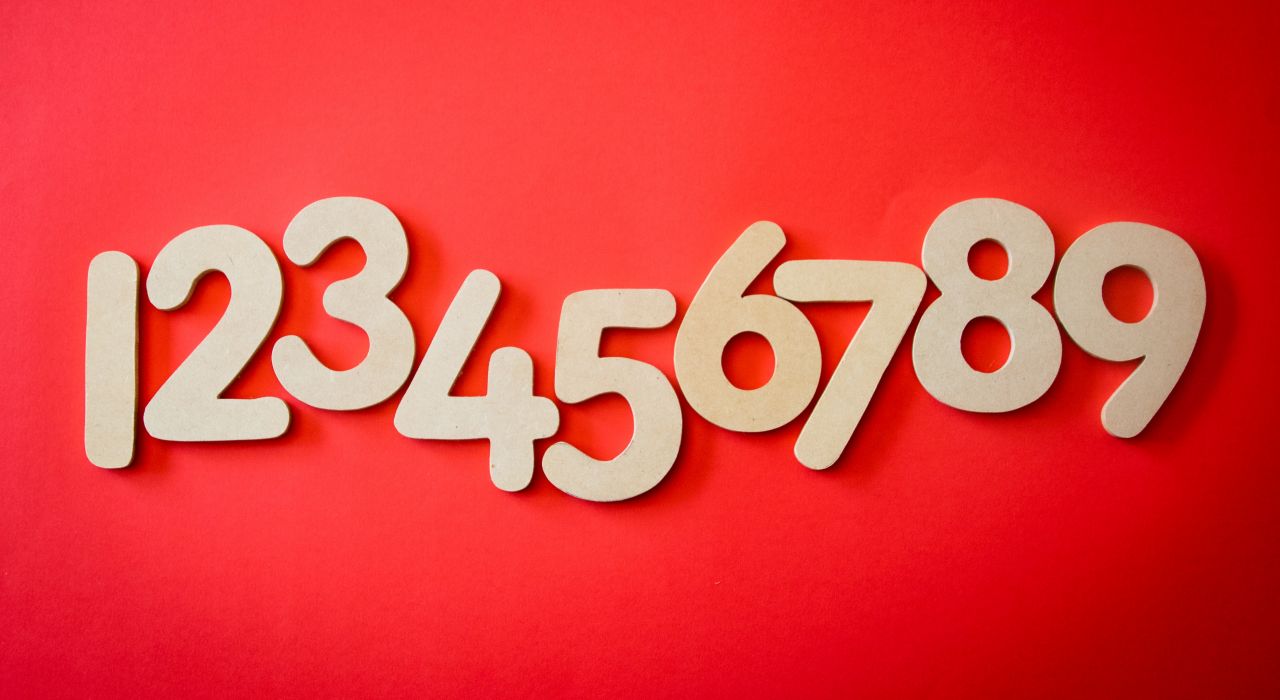2021年3月9日、CAFCは、単一の要素が複数の要素に置き換わっている場合に、均等論におけるVitiation Doctrineは適用されないと判断する判決を出しました (Edgewell Personal Care Brands v. Munchkin, Inc. (Fed. Cir. Mar. 9, 2021))。
We are all aware of the challenges that prosecuting a claim including the term “about” can raise during prosecution – whether it is definite, whether it is defined explicitly or in some other form in the specification, etc. – but the recent Federal Circuit case Par Pharmaceutical, Inc. v. Hospira, Inc. (Fed. Cir. 2020) (decision) demonstrates the possible usefulness of the claim term “about”, and perhaps justifies the extra effort that can be necessary to bring such a claim to allowance.
In Par Pharmaceutical, the Federal Circuit found that Hospira’s generic allergy drug containing 9 mg/ml of a tonicity regulating agent literally infringed Par patents requiring “about 6 to 8 mg/mL of a tonicity regulating agent”, thereby avoiding all the issues that surround (and generally reduce or defeat) an allegation of infringement under the Doctrine of Equivalents.
Relying on the fact that Hospira had agreed that “about” meant, simply, “approximately” and on the District Court’s pretrial order that “[t]he extent of the term ‘about’ must be determined using a functional approach” the Federal Circuit found that the claim term ‘about’ avoided a strict numerical boundary of the specified parameter and was instead confined to what a person having ordinary skill in the art would reasonably consider ‘about’ to encompass. And because neither party proposed a claim construction based on intrinsic evidence (i.e., amendments and arguments made during prosecution, specification definitions, etc.), the Court explained that the scope of the term “about” must be tied to the purpose of the limitation in the claimed invention—not the purpose of the invention itself.
Then, in agreeing with Par’s expert, who explained that the limitation’s endpoints were not critical and that, given the purpose of the limitation, a relevant artisan would reasonably understand 9 mg/ml to fall within “about 6 to 8 mg/mL”, the Federal circuit affirmed the District Court’s finding of literal infringement, finding that such an expansion of the limitation was only a “modest amount”.
Takeaway: As mentioned above, this finding of literal infringement through the use of the claim term ‘about’ avoided consideration of all of the events that typically occur during prosecution and which generally narrow any possible application of the Doctrine of Equivalents, and delivered a significant victory to patentee. In view of this, consideration should be given to including the term ‘about’ in one or a few claims of a given claim set.
Judges: Dyk, Taranto, Stoll
2020年8月3日、米国CAFCは、審査中に行った補正の背景にある理由が、問題になっている均等物とtangentialな関係にあるので、この補正によっては均等論の適用は否定されない、と判示する判決(Bio-Rad Laboratories, Inc. v. 10X Genomics Inc. (Fed. Cir. 2020))をしました。
The doctrine of equivalents is a judicially-created form of infringement whereby an accused product or process that fails to literally infringe a patent claim may nonetheless be found to infringe if there is an “equivalence” between the elements of the accused product or process and the claimed elements of the patented invention. See, e.g., Festo Corp. v. Shoketsu Kinzoku Kogyo Kabushiki Co., Ltd., 535 U.S. 722 (2002); Warner-Jenkinson Co. v. Hilton Davis Chem. Co., 520 U.S. 17, 21, 29 (1997). The doctrine of equivalents is limited, however, by a number of exceptions including prosecution history estoppel and the disclosure-dedication doctrine.




